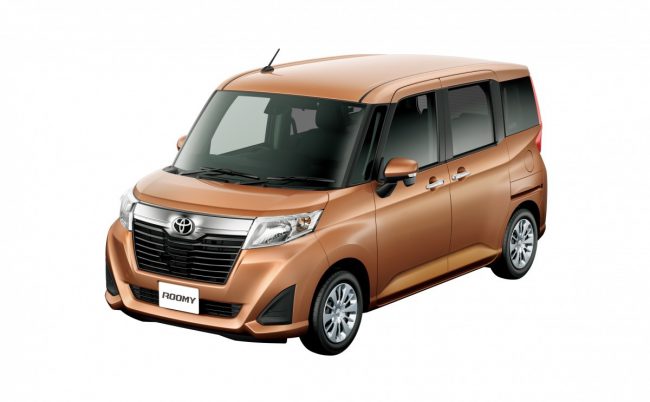
Engines Toyota 1KR-VE, 1KR-VET
Content
The 1KR series engines were put into production in 2004. They were equipped with compact cars of Toyota Motor Corporation and its subsidiaries. The development was carried out by Toyota engineers, production was carried out at the Kurume plant, owned by Daihatsu Motor Corporation.
In 2016, another engine upgrade took place, and a modification called 1KR-VE appeared. The motor was intended for small cars Toyota Agya, Daihatsu Sigra, Ayla, Perodua Bezza, which were supplied to the countries of Southeast Asia. Toyota engineers, when upgrading the engine, focused on weight and size indicators, efficiency, but not at the expense of driving performance.

Construction of the engine 1KR-VE
The motor is a three-cylinder power unit, in which all overall parts and assemblies are made of light aluminum alloy. Among them:
- cylinder block;
- cylinder head;
- oil pan.
Pistons, oil scraper and compression rings are treated with a special heat-resistant material that reduces the coefficient of friction. The piston stroke significantly exceeds the cylinder diameter, which is why “long-stroke” connecting rods were needed. The compression ratio of the engine has been increased to 11,5:1, cars with this power unit consume A-95 gasoline.
To avoid overheating, a thermostat is installed, which opens early enough, at a temperature of 78-82ºC, depending on the configuration. A lightweight crankshaft is used, equipped with a minimum number of counterweights.
There are 12 valves in the cylinder head, 4 for each cylinder. The timing drive is carried out by a chain equipped with a hydraulic tensioner and damper. The VVT-i system is installed on the intake camshaft, which allows you to change the valve timing at the intake by turning the camshaft around its axis at a given angle. A variable length intake manifold is used, which improves the filling of cylinders at low and medium speeds. There are no hydraulic valve clearance compensators.
Such design solutions made it possible to create a light, compact engine with a power of 67 - 71 hp. at 6 rpm, and the torque was 000 - 91 Nm at 94 - 3600 rpm. 4800KR-VE motors are currently installed on cars.

Engine 1KR-VET
At the end of 2016, the 1KR-VET version appeared. The main difference is the presence of a turbocharger. Installing the turbine required reducing the compression ratio to 9,5:1. This motor has no other fundamental differences from the 1KR-VE version. Power increased to 98 hp at 6000 rpm and torque was 140 Nm at 4 rpm. The internal combustion engine is currently installed on Toyota Raize, Toyota Roomy, Toyota Tank cars.

Advantages and disadvantages of 1KR series motors
These internal combustion engines are modern power plants of complex design. A prerequisite for the normal operation of these engines is the timely replacement of oil and regular maintenance performed within the time limits established by the technical regulations.
The units are sensitive to oil quality and require the use of lubricants of at least 0W30-5W30, SL/GF-3 class.
Among the shortcomings of these internal combustion engines, the following are noted:
- low resource before overhaul, rarely exceeding 200 thousand km;
- pump leakage after 50 thousand km;
- chain stretching after 100 thousand km;
- at the slightest deviation of the composition of the air-fuel mixture from the stoichiometric - increased vibration, up to unpleasant shaking of the car.
- disposability, i.e. unsuitable for major repairs.
The advantages of these power units include high specific power in the turbo version, efficiency, high torque at medium engine speeds.

Technical specifications
The table shows some technical characteristics of modern motors of the 1KR series.
| Engine | 1KR-VE | 1KR-VET |
|---|---|---|
| Working volume, cm³ | 996 | 996 |
| Power, hp at rpm | TBU | 98 / 6000 |
| Torque, N m at rpm | 91-94 /3600-4800 | 11,5/4000 |
| Compression ratio | 11,5:1 | 9,5:1 |
| Supply system | Distributed Injection | Distributed Injection |
| Number of valves per cylinder | 4 | 4 |
| The presence of turbocharging | no | Yes |
| Approximate resource, thousand km | 200 | 200 |
Toyota 1KR-VE, 1KR-VET engines are not widely used outside of Asia. But in the countries of Southeast Asia, where they were intended, cars with these internal combustion engines are in steady demand due to low fuel consumption and traditional Toyota reliability.

